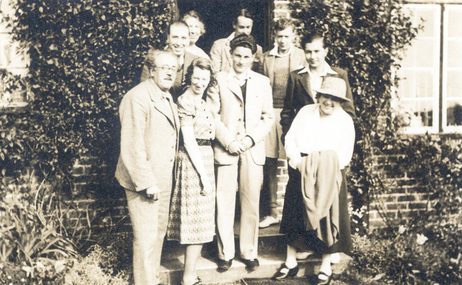Presented by Rumon Gamba
The story behind the composition of Sinfonia da Requiem is complicated – and more than a little bizarre. It was commissioned by the Japanese government in September 1939 (shortly after the outbreak of World War II) to celebrate the 2600th anniversary of the Mikado dynasty. Hardly keeping to the brief, Britten wrote a far from celebratory, albeit extraordinarily beautiful and intense, orchestral piece dedicated to the memory of his parents. It carries an undeniably anti-war message – Britten announced in an interview with the New York Sun in April 1940 ‘I’m making it just as anti-war as possible’. I don’t believe you can express social or political or economic theories in music, but by coupling new music with well-known musical phrases [such as the Dies Irae], I think it’s possible to get over certain ideas.’ Not surprisingly, the Japanese government rejected the piece as entirely unsuitable – shortly before their military’s attack on Pearl Harbour. It was instead premiered in New York in March 1941, under the baton of John Barbirolli.


